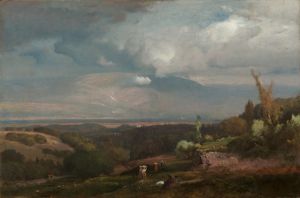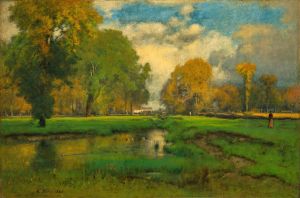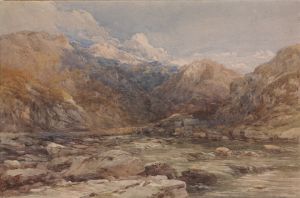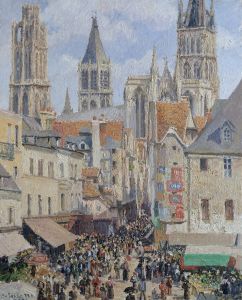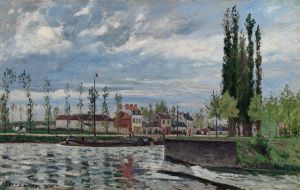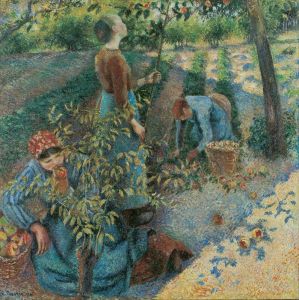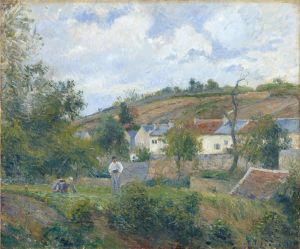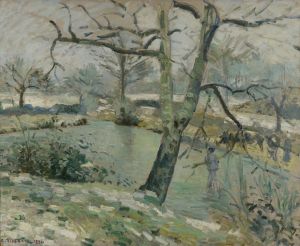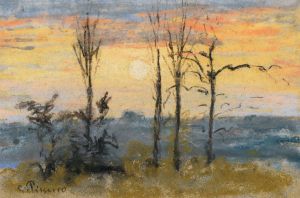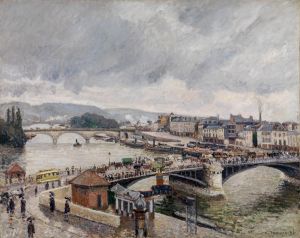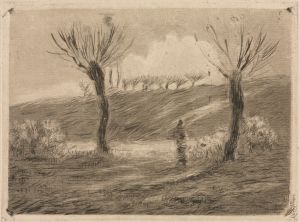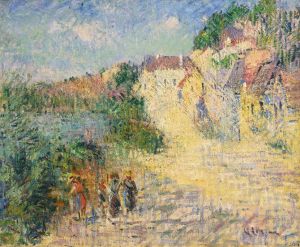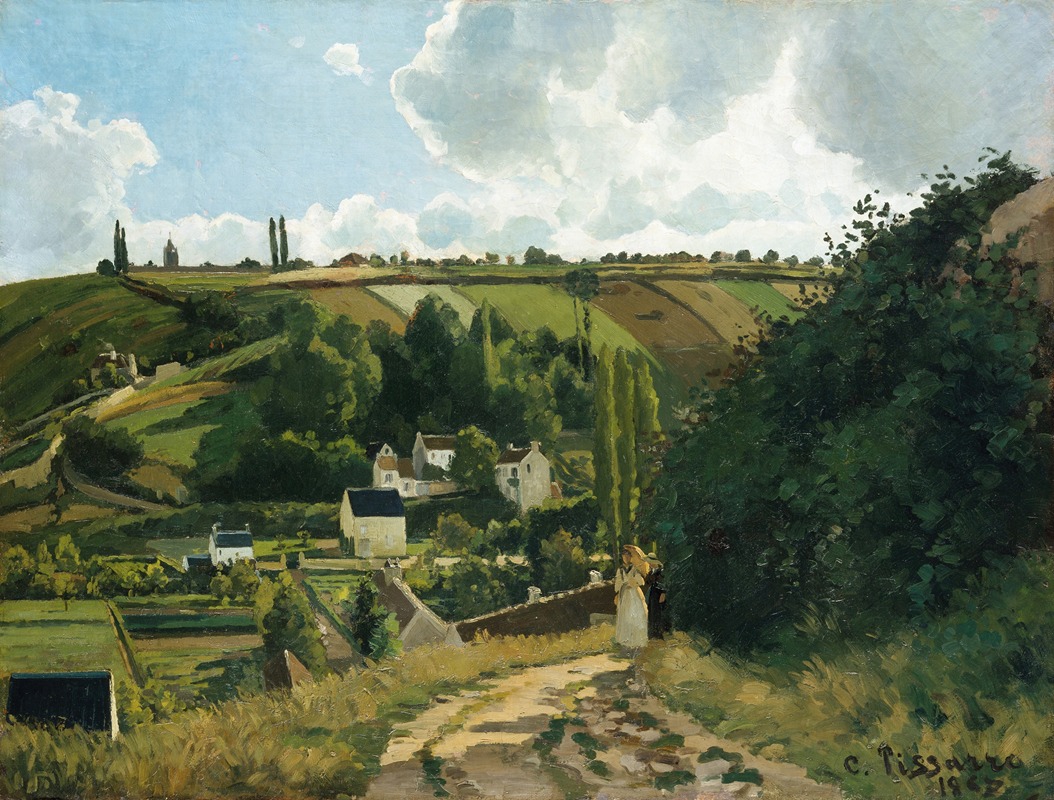
Jalais Hill, Pontoise
A hand-painted replica of Camille Pissarro’s masterpiece Jalais Hill, Pontoise, meticulously crafted by professional artists to capture the true essence of the original. Each piece is created with museum-quality canvas and rare mineral pigments, carefully painted by experienced artists with delicate brushstrokes and rich, layered colors to perfectly recreate the texture of the original artwork. Unlike machine-printed reproductions, this hand-painted version brings the painting to life, infused with the artist’s emotions and skill in every stroke. Whether for personal collection or home decoration, it instantly elevates the artistic atmosphere of any space.
Jalais Hill, Pontoise is an oil painting created in 1867 by the French artist Camille Pissarro, a leading figure of the Impressionist movement. The painting depicts a rural landscape in Pontoise, a town located northwest of Paris, where Pissarro lived and worked for several years. This work is considered an important example of Pissarro's early exploration of naturalistic landscapes and his commitment to portraying rural life with authenticity and simplicity.
In this painting, Pissarro captures a view of Jalais Hill, a prominent feature in the Pontoise countryside. The composition is characterized by its balanced arrangement of natural elements, including fields, trees, and a winding path that leads the viewer's eye through the scene. The painting also includes small figures of peasants walking along the path, emphasizing the connection between people and the land. Pissarro's use of light and color reflects his interest in capturing the atmosphere and changing effects of nature, a hallmark of his later Impressionist works.
At the time of its creation, Jalais Hill, Pontoise was exhibited at the Salon of 1868, an official art exhibition in Paris. The painting received positive attention from critics, including Émile Zola, a prominent writer and art critic of the period. Zola praised Pissarro's ability to depict the "modern countryside" with sincerity and without idealization, highlighting the artist's departure from the more romanticized landscapes of earlier generations.
This work is notable for its transitional style, as it bridges the gap between the Barbizon School's naturalism and the emerging Impressionist movement. While Pissarro had not yet fully adopted the loose brushwork and vibrant palette associated with Impressionism, Jalais Hill, Pontoise demonstrates his growing interest in plein air painting and his dedication to observing nature directly. These qualities would later define his contributions to Impressionism.
Today, Jalais Hill, Pontoise is housed in the Metropolitan Museum of Art in New York City, where it remains a celebrated example of Pissarro's early landscape paintings. The work is appreciated for its historical significance and its role in the development of modern landscape painting.





